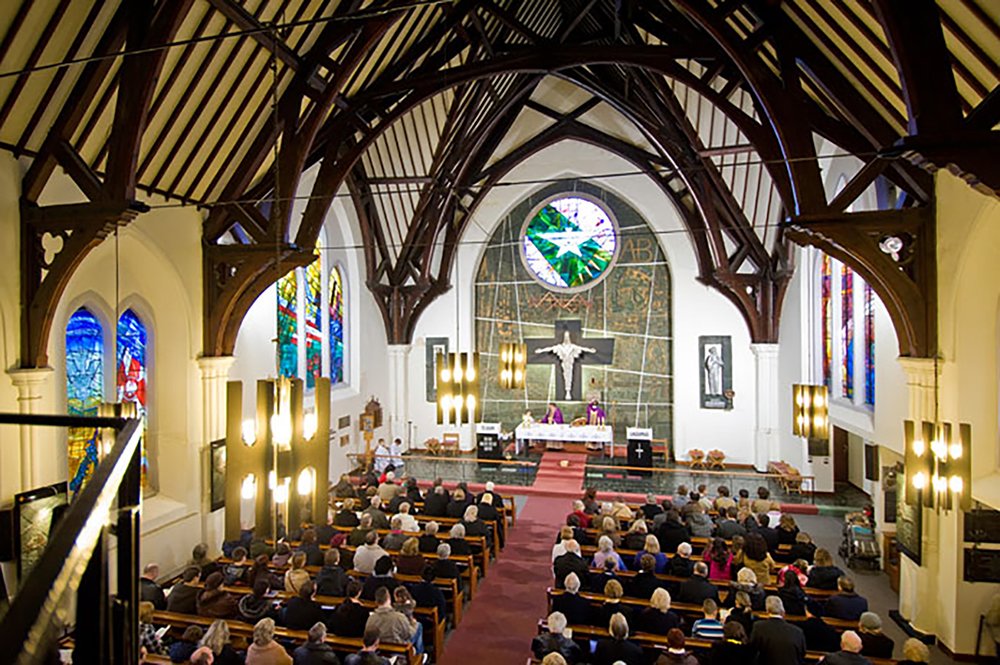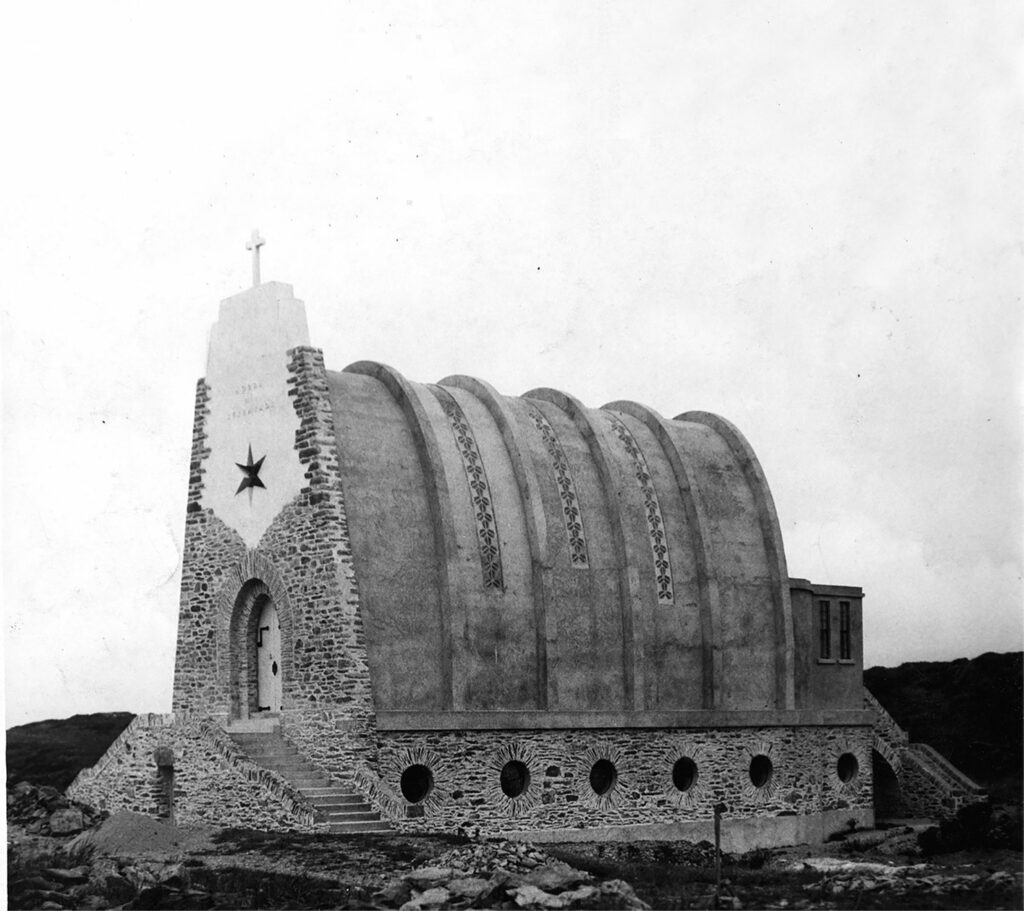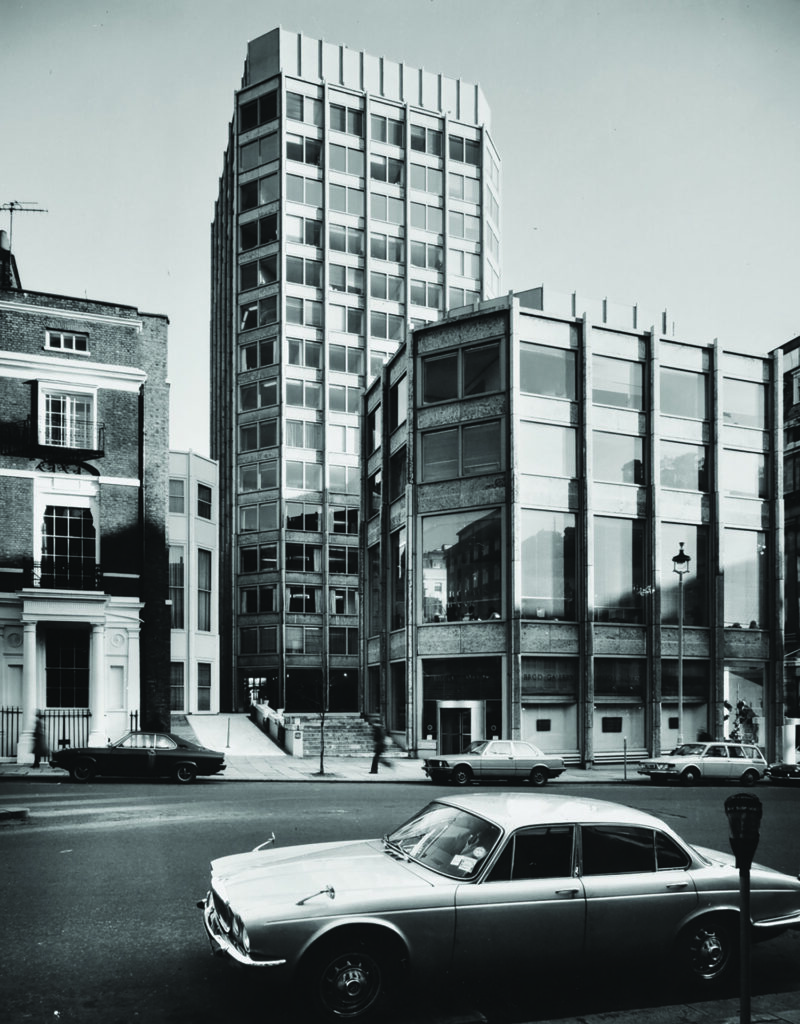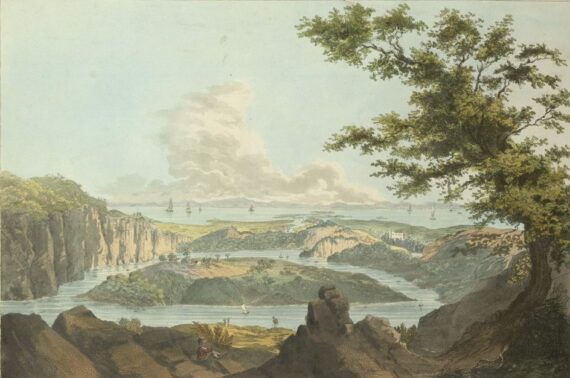Concrete, Modernism and Conservation
- | Dr Victoria Perry

Concrete and Modernism are two words not generally associated with Donald Insall Associates. However, over the last decade we have given heritage and conservation advice on many well-known pre-and post-World War II Modernist buildings. These include the Peter Jones store on Sloane Square of 1935-37 (by Professor C.H Riley and Slater & Moberley; the Commonwealth Institute (1962, Robert Mathew, Johnson Marshall & Partners with engineers Harris & Sutherland); the Czech Embassy (1965-71 by Jan Sramek and Jan Bocan of the Beta Prague Project Institute); the Economist Complex in St James’s (1960-64, Alison and Peter Smithson); and the United Nations’ conference centre in Geneva (1968-73 by Eugene Beaudouin, Arthur Lozeron and Francois Bouvier, with Basil Spence and Pier Luigi Nervi).
In addition to these architectural icons we have also advised on a wide range of 20th century buildings including listed concrete grain silos, airport and military structures, cinemas, multi-storey carparks, art galleries, hotels, and market buildings, as well as an idiosyncratic, vaulted concrete-and-stone chapel in Anglesey.

The conservation of early 20th century Expressionist buildings, pre-war Modernism and Art Deco buildings has long had widespread public support. Debates about the conservation of post-war buildings are, however, still ongoing. Although there has been a growing public interest in the architecture of the 1960s and 70s, the robust aesthetic of the period is not to everyone’s taste. Moreover, the futuristic, anti-urban, pro-car predilections of clients and designers in this era often produced buildings which relate poorly to traditional streetscapes.
Decisions about which buildings best represent this era of recent history and potentially merit statutory protection by listing (designation) as possessing ‘special architectural and historical interest’ are, therefore, difficult and finely-judged. Insalls’ team of historic building advisors, which includes former Historic England inspectors, conservation officers and academic historians as well as architects, possess the wide-ranging set of skills necessary to inform clients of risks and opportunities at an early stage in the development process.

Our historical and architectural analysis is always rigorous and impartial and our recommendations are always carefully considered. However, we look for opportunities to make buildings and places better, as well as identifying potential restrictions to change. We are also not afraid of controversy. Our assessment that not all the buildings in Basil Spence’s Hyde Park Barracks were of ‘special’ architectural interest and that due consideration would be given to their future by their conservation area location, was an important influence on a recent ministerial decision not to designate the entire complex. Our assessments of several other unlisted late 20th century buildings have, however, come to different conclusions and we have advised clients that a conservative approach to development would be appropriate.
As well as providing strategic heritage advice on the significance of 20th century buildings, our teams of architects and conservation specialists also provide detailed specifications and advice on sensitive repairs to significant modern buildings and suggest appropriate contractors to carry out consolidation. Recent projects include repairs to abstract concrete relief panels at the church of St Andrew Bobola in west London and advice on the repair of a 1950s concrete-framed building on a World Heritage site in the Middle East. One of the first concrete-framed buildings in the region, the significance of the building lies partly in the way it was constructed using a hybrid of vernacular and new techniques. However, the combination of traditional gypsum and salt-laden desert sands made for poor-quality concrete; the structure has, as a consequence, been weakened by chloride attack and corrosion of the steel reinforcement. Working with engineers Buro Happold, Donald Insall Associates has been advising on appropriate ways to conserve original fabric while stabilising the structure and making it safe and durable.

